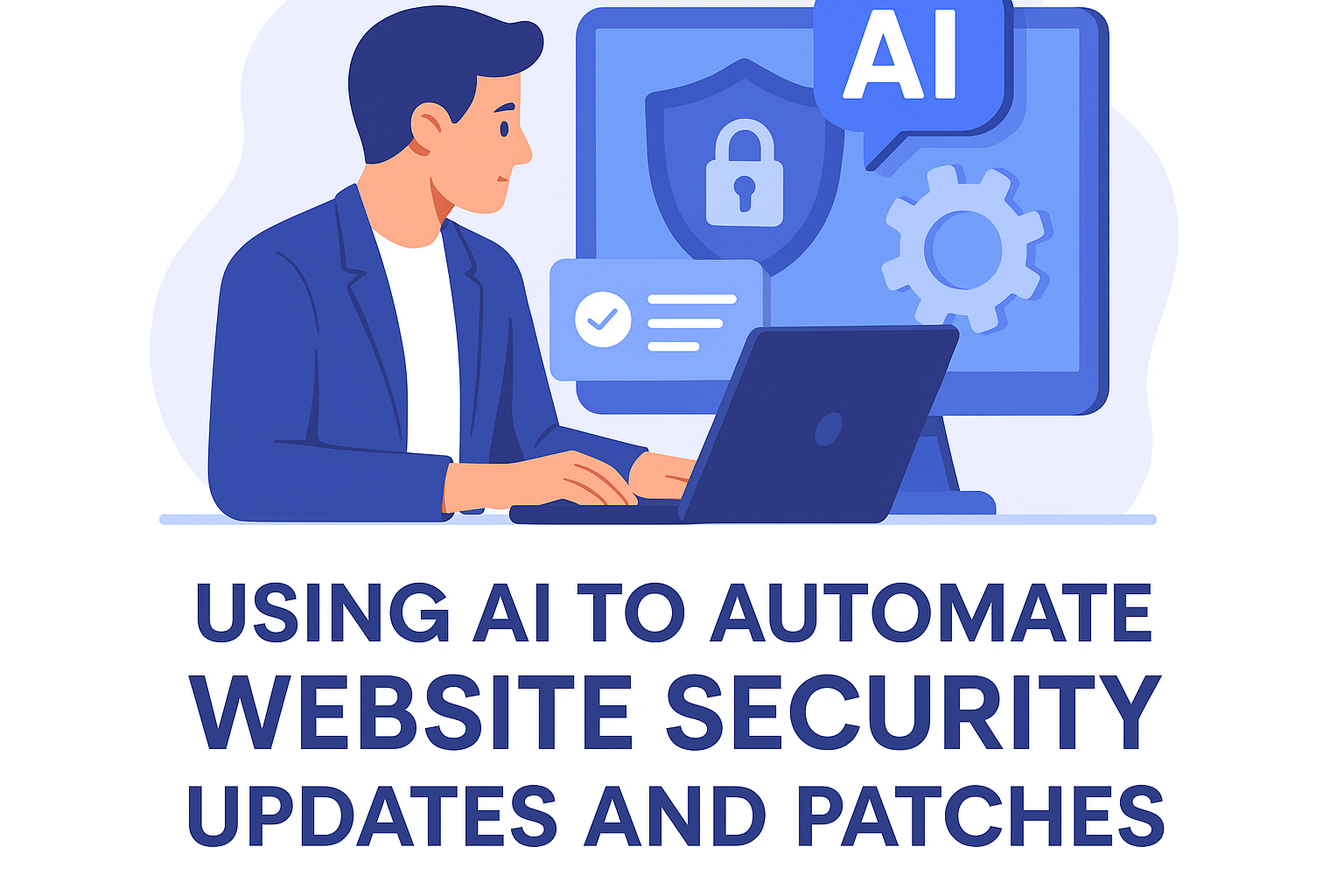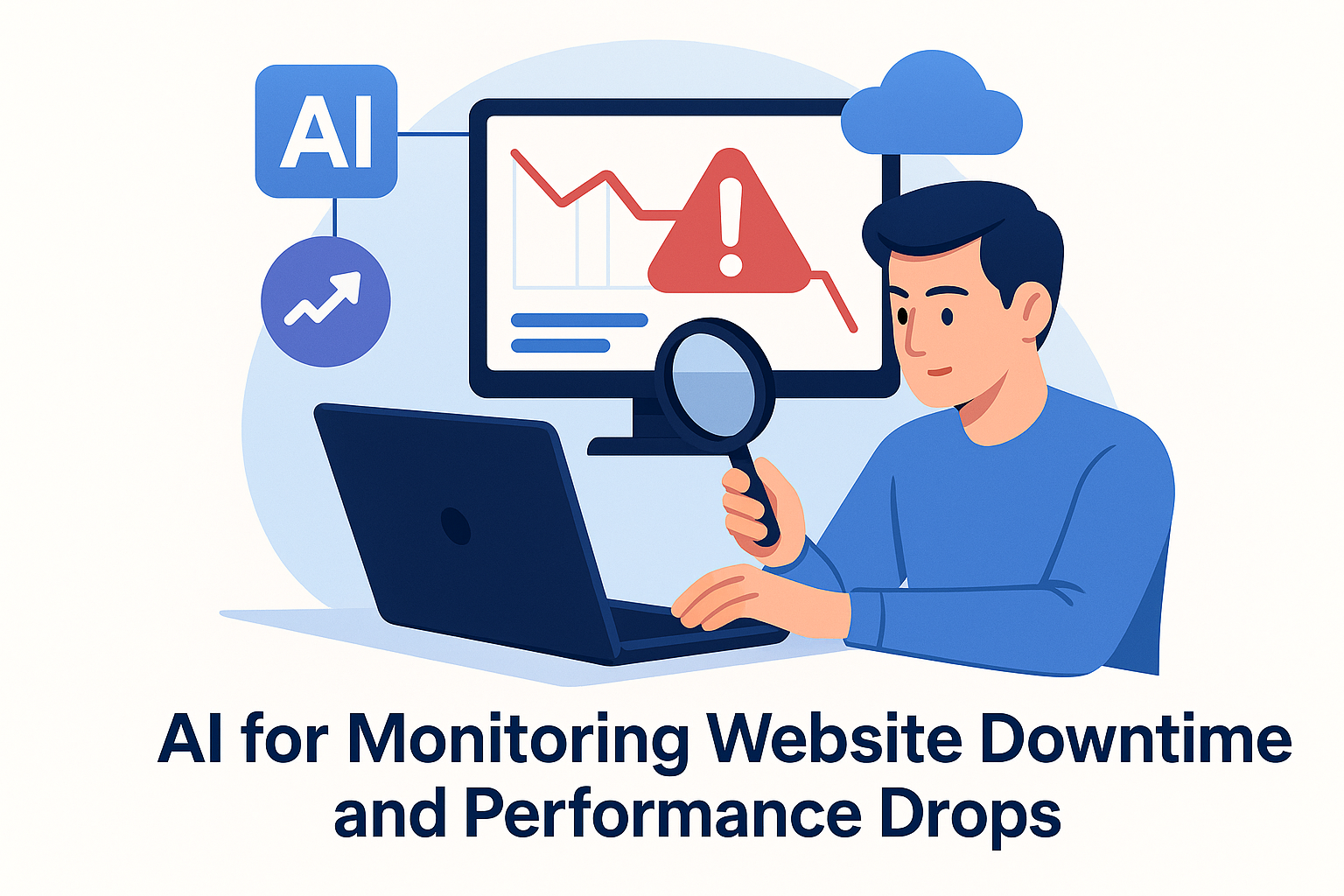If you’ve spent any time learning about SEO, you’ve probably heard the terms dofollow and nofollow.
These two types of backlinks play a critical role in how search engines understand the web—and how your website builds authority and ranks.
But what do they really mean? How do they impact SEO? And which one should you focus on?
In this beginner-friendly guide, we’ll break it all down. You’ll learn:
- What dofollow and nofollow links are
- How they impact rankings and authority
- Where each type typically appears
- How to track them using DIYSEO GPT
- How to earn the right mix with DIYSEO Link Marketplace
By the end, you’ll know exactly how to build and evaluate backlinks like a pro.
What Is a Dofollow Link?
A dofollow link is a regular hyperlink that passes “link equity” (also known as PageRank or SEO value) from one page to another.
This is the default type of link on the web. When a site links to you using a dofollow link, they’re essentially “vouching” for your content in the eyes of search engines.
Example:
htmlCopyEdit<a href="https://yourwebsite.com">Great SEO tips</a>
There’s no extra attribute added here—so Google and other search engines will follow this link, crawl the page it leads to, and count it as a ranking signal.
What Is a Nofollow Link?
A nofollow link includes a special attribute that tells search engines: “Don’t pass SEO value through this link.”
Example:
htmlCopyEdit<a href="https://yourwebsite.com" rel="nofollow">Great SEO tips</a>
Originally introduced by Google in 2005 to fight comment spam, nofollow links are now used in a variety of contexts to:
- Indicate paid or sponsored content
- Avoid passing authority to untrusted sites
- Prevent manipulation of search rankings
Google may still crawl the linked page, but it won’t count the link toward ranking signals—at least not directly.
Dofollow vs. Nofollow: Key Differences
| Feature | Dofollow | Nofollow |
|---|---|---|
| Passes link equity (PageRank) | ✅ Yes | ❌ No |
| Affects search engine rankings | ✅ Yes | ⚠️ Indirectly |
| Used for organic editorial links | ✅ Yes | ❌ Rarely |
| Common on paid/sponsored content | ❌ No | ✅ Yes |
| Tracked in SEO tools (Moz, SEMrush) | ✅ Yes | ✅ Yes (for visibility, not value) |
| Can drive referral traffic | ✅ Yes | ✅ Yes |
Why Dofollow Links Are Essential for SEO
Dofollow links help your website build domain authority, which influences your ability to rank for competitive keywords.
Search engines see them as:
- Votes of confidence
- Signals of credibility and trust
- Indicators that your content is worth promoting
A single dofollow link from a high-authority website can move the needle in a big way for your SEO.
Are Nofollow Links Useless? Not at All.
While they don’t directly boost your rankings, nofollow links still matter:
✅ They drive referral traffic from high-visibility placements (e.g., Reddit, Quora, Wikipedia)
✅ They diversify your backlink profile, which helps avoid over-optimization
✅ They can lead to dofollow opportunities down the line
✅ Google may treat them as a “hint” and pass value if it sees fit (as of 2019)
In fact, a natural link profile will always include a healthy mix of both.
Where Dofollow and Nofollow Links Typically Appear
| Source | Link Type |
|---|---|
| Blog posts and news articles | Mostly dofollow |
| Comments and forums | Mostly nofollow |
| Sponsored posts or affiliate links | Should be nofollow or rel=”sponsored” |
| Press releases and directories | Mixed |
| Social media platforms | Nofollow (but great for exposure) |
| User-generated content (e.g., Quora, Reddit) | Nofollow |
| High-authority editorial links | Dofollow goldmine |
How to Check If a Link Is Dofollow or Nofollow
Option 1: DIYSEO GPT
Prompt:
“Analyze the backlink profile for [your website] and show the ratio of dofollow to nofollow links.”
DIYSEO GPT uses real-time backlink data to:
- Identify each link’s type
- Highlight high-authority dofollow links
- Detect unnatural link patterns (e.g., 100% dofollow = red flag)
- Recommend diversification strategies
Option 2: Browser Extensions
Use tools like:
- MozBar
- SEOquake
- Ahrefs Toolbar
These highlight nofollow links in real-time as you browse a page.
How DIYSEO Tools Help You Build the Right Backlink Mix
🧠 Analyze Competitor Links with DIYSEO GPT
Prompt:
“What percentage of my top competitor’s backlinks are dofollow vs. nofollow?”
Use this to benchmark your profile and find opportunities they’ve leveraged.
✍️ Create Link-Worthy Content with DIYSEO AI Writer
Prompt:
“Write a 1,500-word blog post on [topic] that attracts editorial links from industry blogs.”
DIYSEO AI Writer ensures your content is optimized for:
- Readability and structure
- Embedded schema and FAQs
- Originality and topical relevance
- Outreach-ready formatting
This gives you assets that earn dofollow links naturally.
🔗 Earn Strategic Links with DIYSEO Link Marketplace
Not every great link comes from outreach. With DIYSEO Link Marketplace, you can:
- Buy placements on high-authority blogs
- Choose dofollow-only links for maximum impact
- Filter by niche, DA, country, and traffic
- Ensure compliance with Google’s guidelines
This helps you build equity fast, especially while you wait on organic link-building to gain traction.
Real-World Example: Balancing Link Types for an SEO Win
Business: Nutrition blog launching in a competitive niche
Challenge: Had 300+ backlinks but 85% were nofollow from forum comments and Quora
Solution:
- Used DIYSEO GPT to audit the backlink profile
- Found weak link equity despite high total link count
- Created 4 new long-form guides with DIYSEO AI Writer
- Secured 10 targeted dofollow links via DIYSEO Link Marketplace
- Ran competitor gap analysis to target new outreach opportunities
Results:
- Page 1 rankings for 5 key terms within 6 weeks
- DA increased from 22 to 31
- Organic traffic up 67% month-over-month
Final Tips: Managing Your Link Profile Like a Pro
- ✅ Prioritize high-quality dofollow links from trusted, relevant sites
- ✅ Diversify with some nofollow links from social and forums
- ✅ Avoid shady tactics like paid dofollow links on spammy domains
- ✅ Monitor your profile monthly with DIYSEO GPT
- ✅ Focus on earning links through content, not just buying them
- ✅ Supplement with curated placements from DIYSEO Link Marketplace
Final Thoughts
Understanding the difference between dofollow and nofollow links helps you make smarter SEO decisions. Both link types play a role—but when it comes to rankings, dofollow links are your most powerful currency.
Use DIYSEO GPT to monitor and analyze your link profile, DIYSEO AI Writer to craft content that attracts links, and DIYSEO Link Marketplace to build targeted authority—faster, easier, and more affordably.
Now that you know the difference, it’s time to build links that make a difference.
Frequently Asked Questions
1. What is the difference between dofollow and nofollow links?
Understanding the difference between dofollow and nofollow links is essential in the realm of SEO. A dofollow link is a type of hyperlink that allows search engine bots to follow it and reach your website. Such links are crucial because they pass ‘link juice’—or SEO value—contributing to your site’s authority and improving its visibility on search engines like Google. When you have many dofollow links from high-authority sites, it’s interpreted as a sign of your site’s credibility and relevance, which can positively affect your rankings.
On the other hand, a nofollow link is designed to prevent search engine bots from following the link to your website. Essentially, it’s a link that doesn’t pass on SEO value. Webmasters use nofollow links to avoid endorsing another site directly, particularly when the site isn’t trusted, or in certain platforms like comments or advertisements where links are numerous and widespread. Although they don’t directly improve page rankings, nofollow links can still lead to referral traffic and can be a part of a diverse link profile for your website.
2. How do dofollow links impact my website’s SEO?
Dofollow links are incredibly beneficial for improving your website’s SEO. They help search engines understand which sites have authority and trustworthiness in specific topics or niches. A higher number of reputable dofollow links pointing to your site can lead to better search engine rankings, attracting more organic traffic. When Google’s algorithm sees dofollow links from high-quality sites, it infers that your content is valuable and worth promoting, contributing to a higher domain authority. However, acquiring dofollow links should be organic and align with Google’s guidelines to avoid penalties.
While the benefit of dofollow links is undeniable, it’s critical to note that quality matters more than quantity. A few links from authoritative and relevant websites can be more beneficial than dozens of low-quality links from unrelated or less credible sources. Hence, an effective link-building strategy should focus on earning quality dofollow links through guest posts, partnerships, or insightful content.
3. Can nofollow links contribute to my site’s traffic even if they don’t pass SEO value?
Absolutely! Although nofollow links don’t transfer link juice or enhance SEO directly, they can still drive a significant amount of referral traffic to your site. When a link is clicked, it can lead a user to your webpage, irrespective of whether it’s a dofollow or nofollow link. This aspect is particularly crucial in digital marketing strategies as the ultimate end-goal is to engage the audience, regardless of the technical SEO benefits.
Nofollow links are often created in environments where your target audience spends their time, such as forums, social media, or comment sections of blogs. If someone finds the content to be relevant, engaging, and valuable, they are likely to visit your site, boosting your traffic numbers. Additionally, these links can indirectly aid branding and awareness, increasing your site’s visibility and leading to user-driven promotions that may result in dofollow links over time.
4. Why do some websites use nofollow links on user-generated content?
Websites frequently apply the nofollow attribute to links in user-generated content to prevent spamming and safeguard their own reputation. User-generated content like blog comments, forum posts, and community submissions can create a high risk for spammers looking to exploit these platforms to gain reputation and backlinks by inserting links to irrelevant or low-quality sites.
By using the nofollow attribute, sites aim to discourage spammers since those links do not enhance the spammers’ SEO. Meanwhile, it still allows users to share content while keeping the platform safe from being associated with potentially harmful or low-authority pages. This strategy helps maintain the integrity of the web at large, steering clear of being blacklisted or penalized by search engines for unnatural link activities.
5. How can I strategically use both dofollow and nofollow links to benefit my SEO strategy?
A robust SEO strategy incorporates a healthy balance of both dofollow and nofollow links. Aim to acquire dofollow links from authoritative and relevant industry sites to promote your site as a leader in its field. Content marketing, outreach, and guest blogging are great methods to naturally build dofollow links.
Concurrently, nofollow links play a critical role in driving user engagement and traffic from various platforms like social media and forums. Consistently sharing exceptional content can entice users to naturally mention your pages, sometimes leading to natural dofollow endorsements. Strategically, you can also utilize nofollow links in tactical places to broaden your audience reach, build brand awareness, and create an engaged community around your offerings. Together, these efforts help fortify the quality, relevance, and authenticity of your website’s link profile while safeguarding against search engine penalties.



